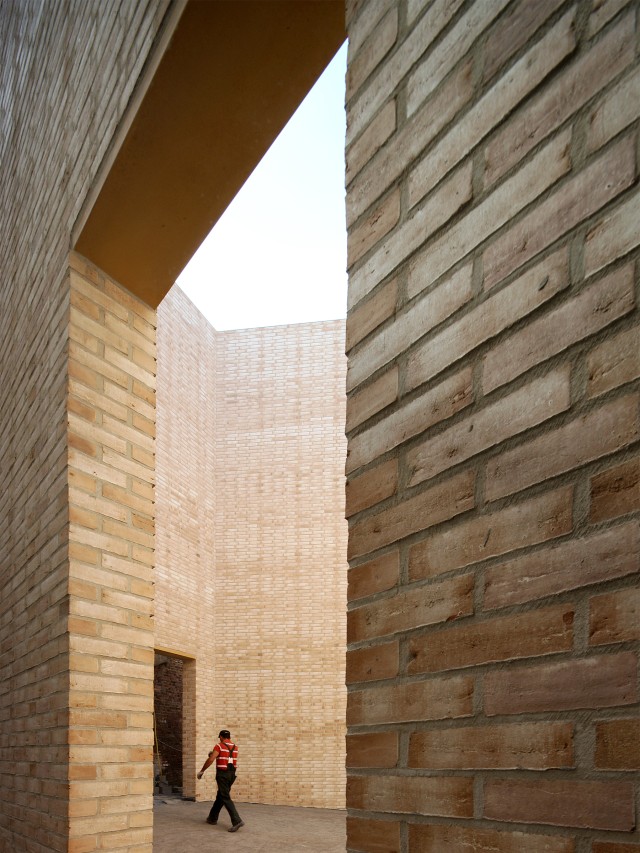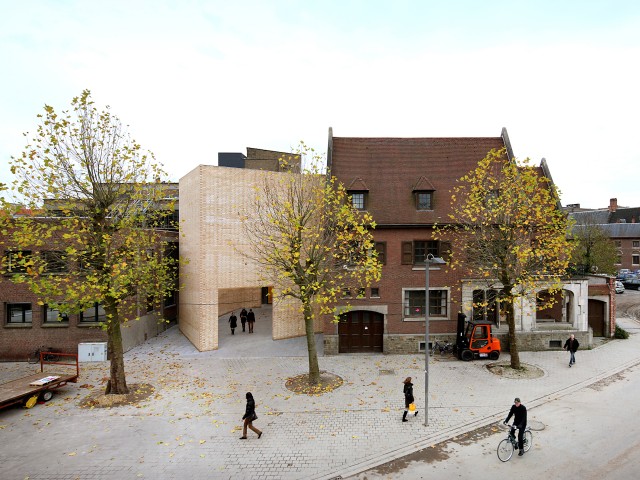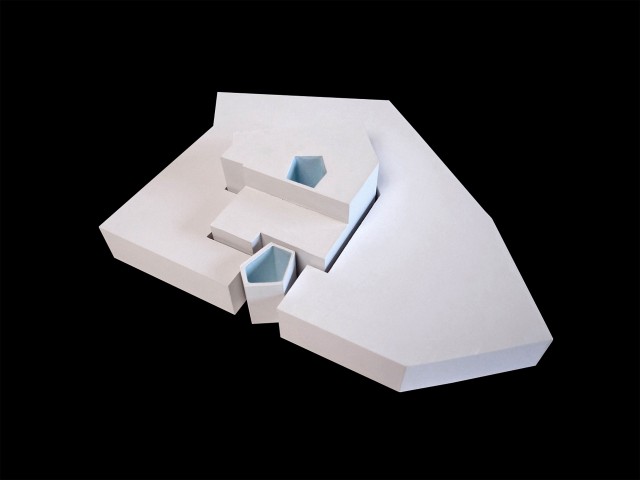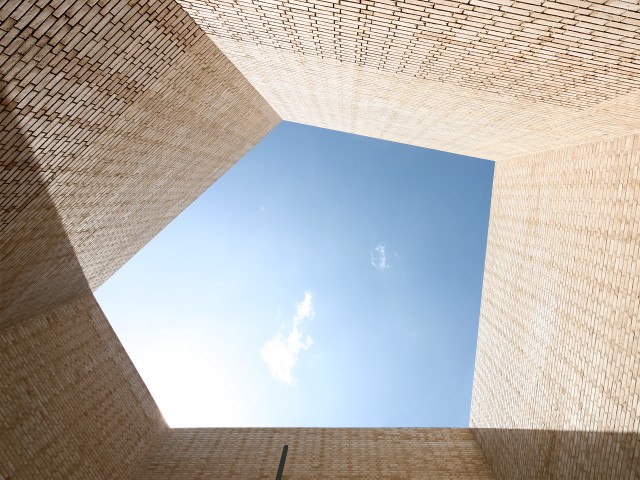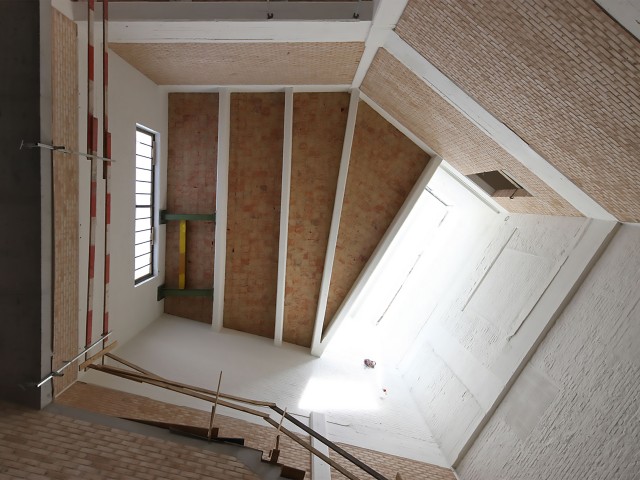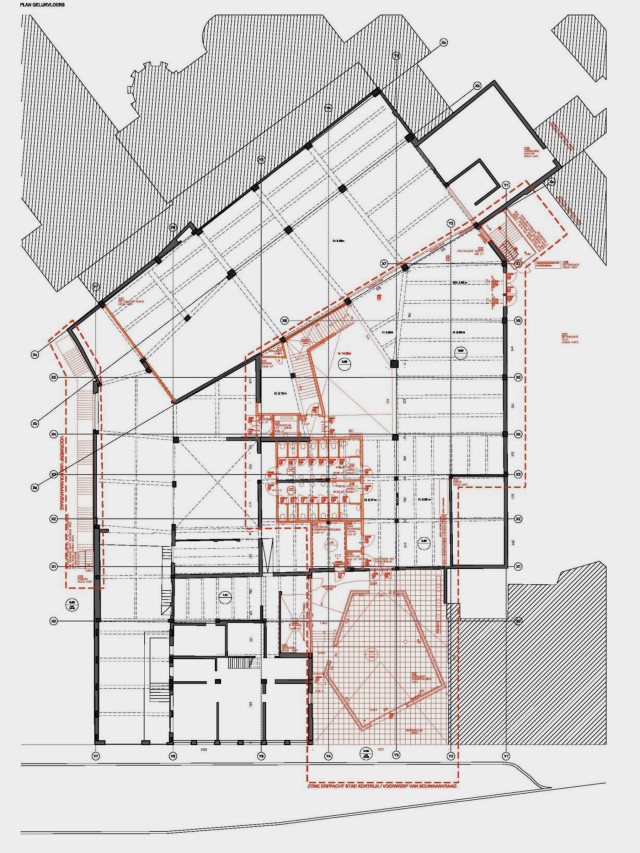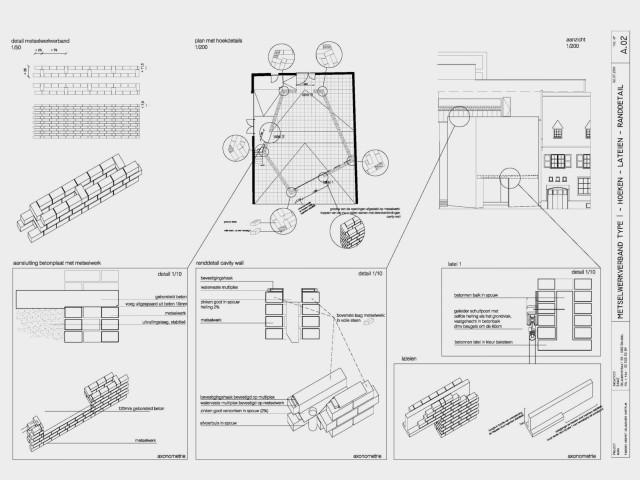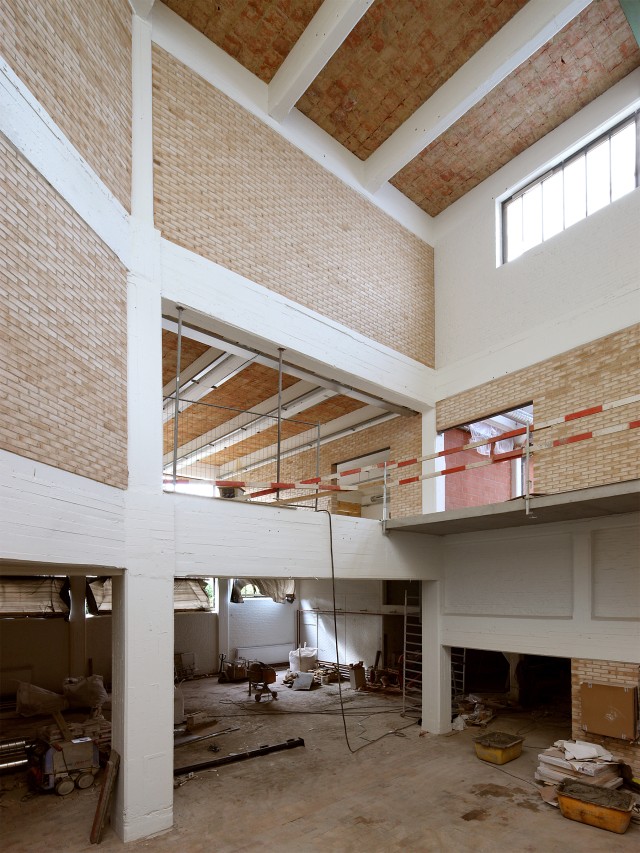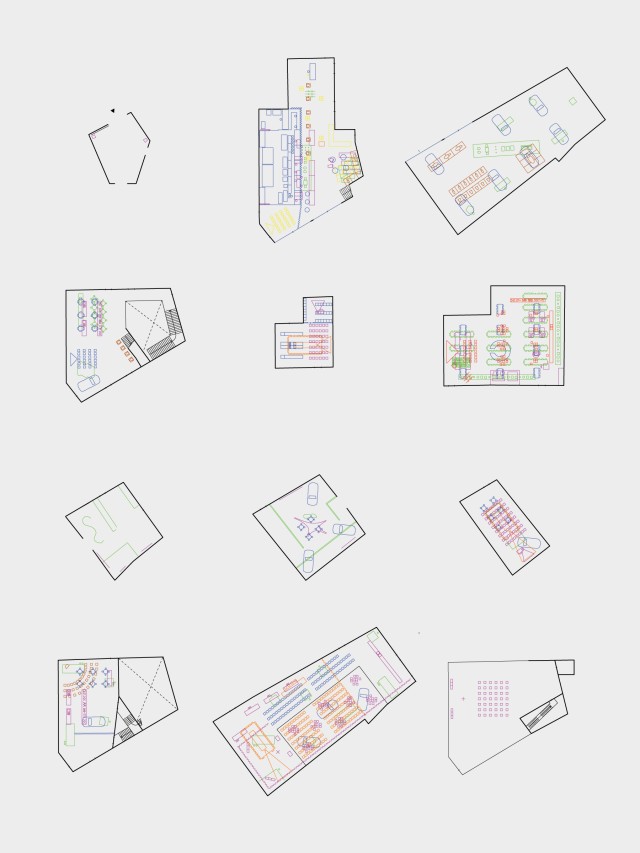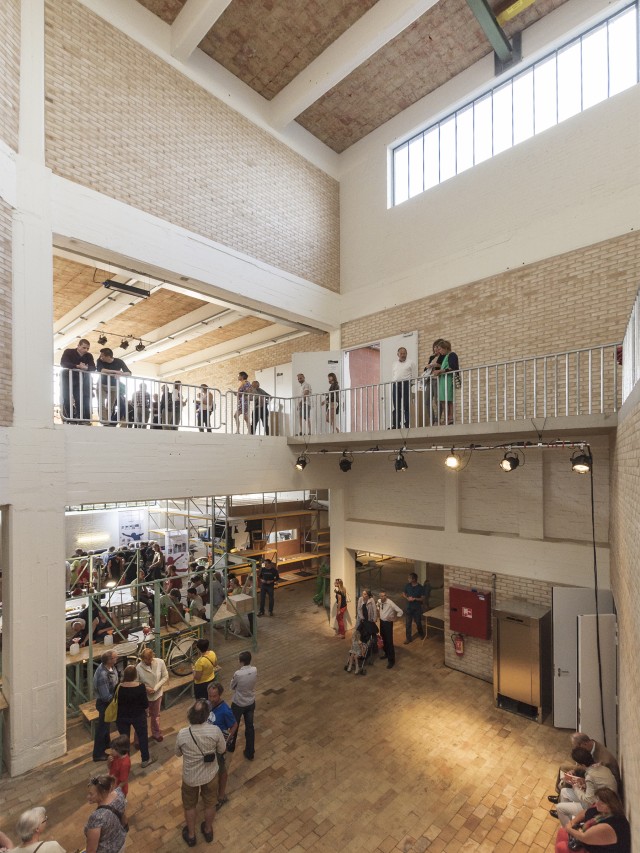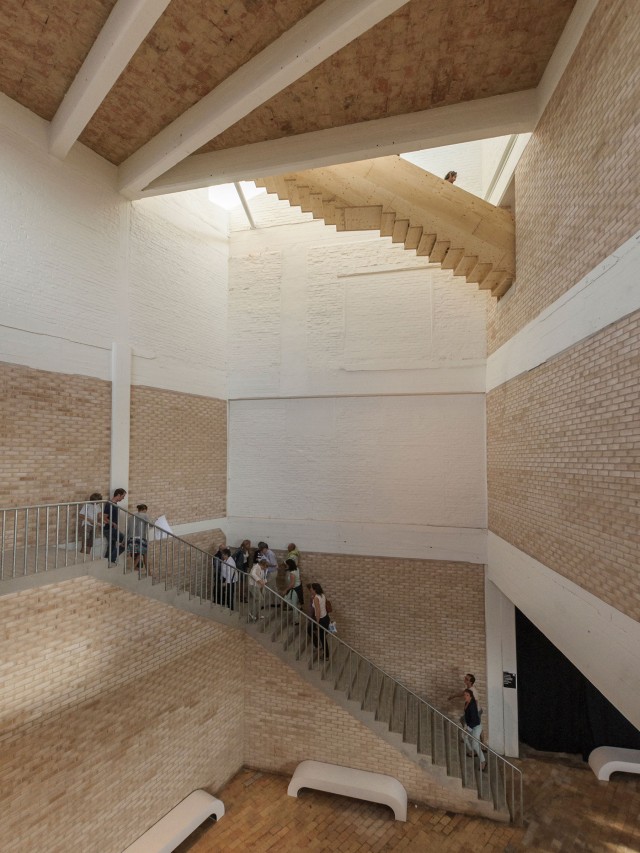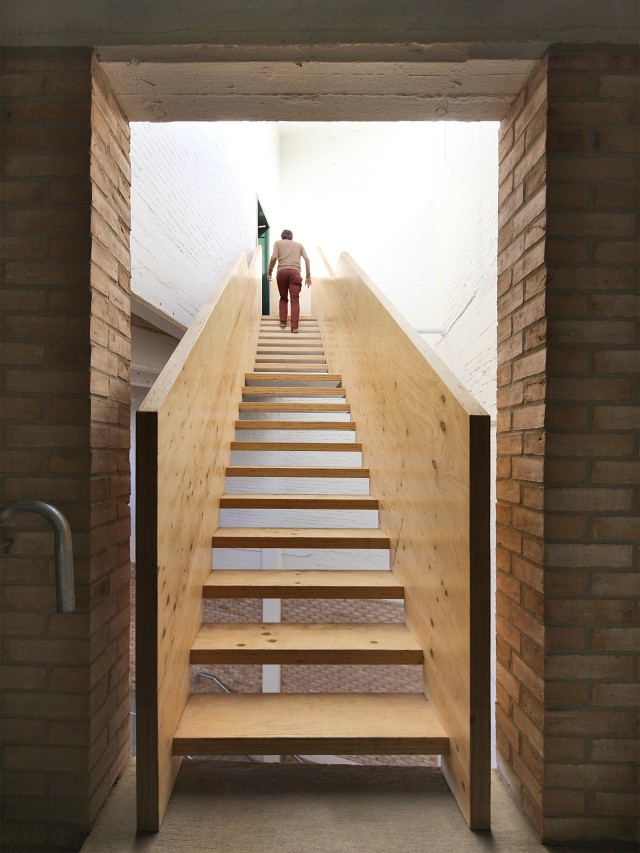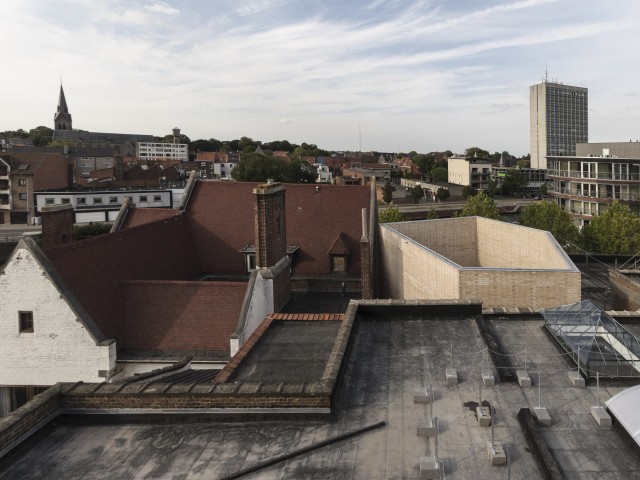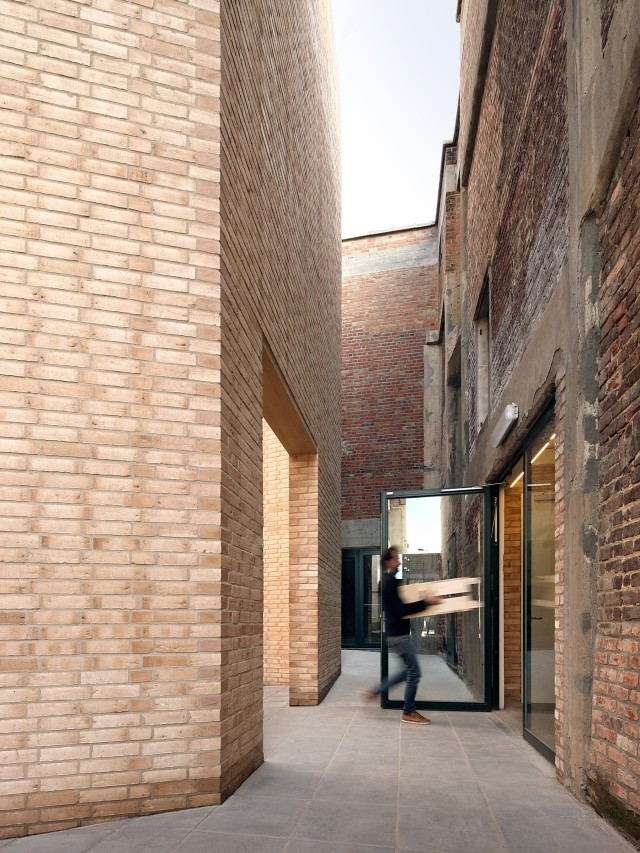BUDA Art Factory
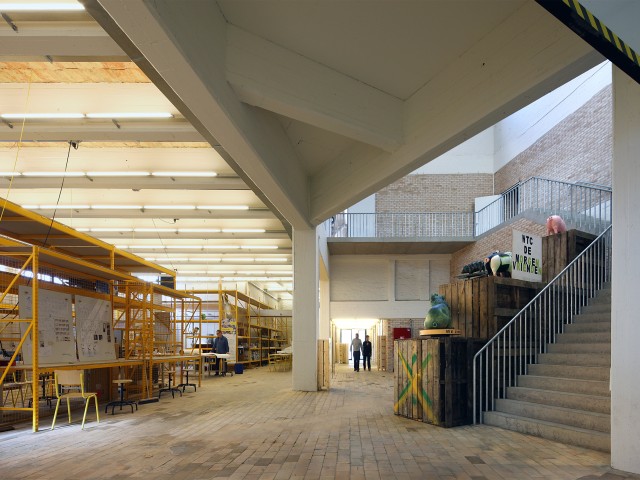
The BUDA island encompasses the dense city centre of Kortrijk, mirroring the city’s rich but idiosyncratic history. Over the past millennium, this insular territory has evolved from a Catholic shelter environment for the poor and the sick into a prosperous industry for water-dependent manufacturing (breweries, dye houses, bleach plants, etc.). Oddly enough these two radically different historical destinies are still extremely present today, though the shelters have been reformatted into hospitals and infrastructure for the elderly, while the industrial witnesses have found themselves transformed into urban envelopes for new cultural programmes. Hence an atmosphere of unbound, even haphazard experimentation lingers over the BUDA island. In its endeavour to gradually excel as the City of Design, Kortrijk has spared no opportunity to score on the international design ladder. The latest evidence of this striving is the BUDA factory, a textile dye plant dating from 1924, with no particular worthwhile spatial or even historical features. The sole challenge of the BUDA factory is to offer an extremely large and generous space for cultural expression in its broadest meaning and built at an extremely low cost. The programmatic content is consciously considered as secondary. The refitting of the BUDA factory logically emphasizes its proper foundation, referring to its past by simply remaining a workshop for production. Most of the factory’s spaces have been re-trimmed and reconfigured so as to cater for a maximum of objective and excessive space, at once delicate and brutal.
Two hollow pentagonal spaces – one outside and one inside – introduce an interiorized sequence of light, scale and indeterminacy. The outside volume performs as an antechamber, rupturing with its ambiguous presence the tight row of buildings that frame it. The inside pentagon juxtaposes a series of studios, exhibition spaces and workshops, cumulating in a rooftop terrace as the sole encounter with the context and cityscape of Kortrijk. In brief, the BUDA factory is a tool to look with, not an object to look at. It is a collection of found and added spaces – of an unadapted nature – allowing for innumerably diverse audiences to search for whatever they are looking for.
-
Location
Kortrijk, Belgium
-
Client
City of Kortrijk / AGB Buda
-
Design
2005 (competition) – 2007
-
Construction
2010 – 2012
-
51N4E project team
Johan Anrys, Freek Persyn, Peter Swinnen, Aline Neirynck, Tine Cooreman, Bob De Wispelaere, Karel Verstraeten, Jan Opdekamp, Joram Van den Brande, Marc-Achille Filliol, Chris Blackbee, Emmanuel Debroise
-
Structural engineer
BAS / Dirk Jaspaert
-
Technical engineer
Studiebureau Boydens
-
Construction cost
2.100.000 €
-
Programme
Exhibition & event facilities, artists’ studios, budalab
-
Built surface
4.240 m²
-
Photography
Filip Dujardin, Paul Steinbruck
-
Image credits
51N4E
